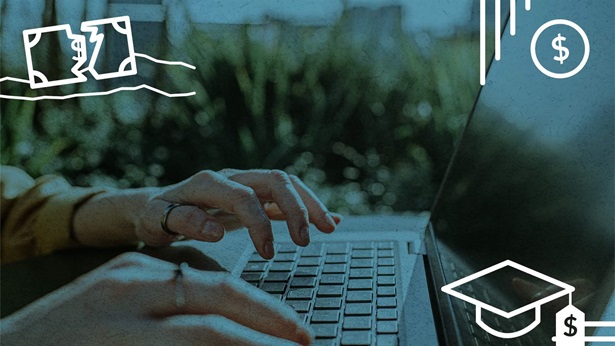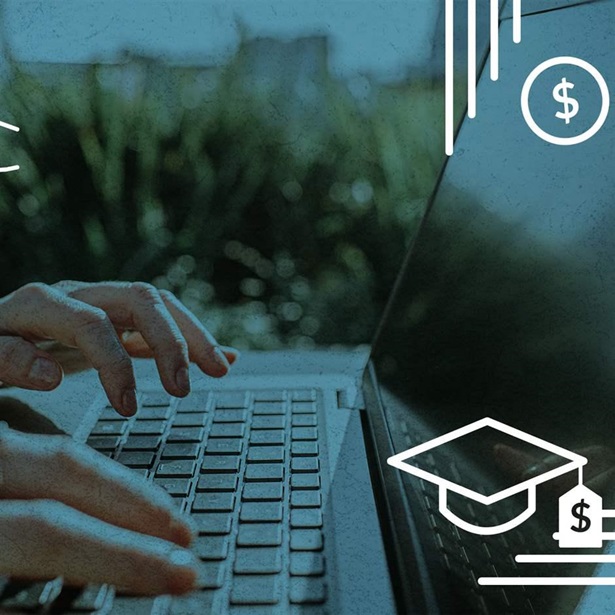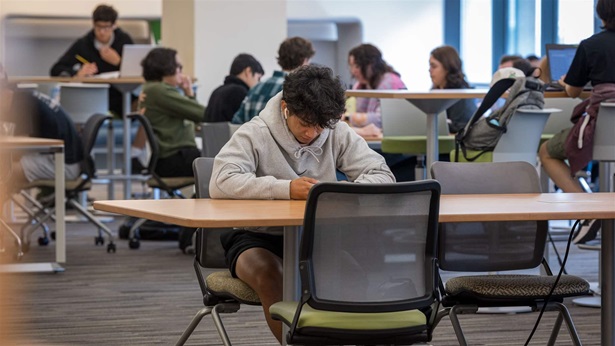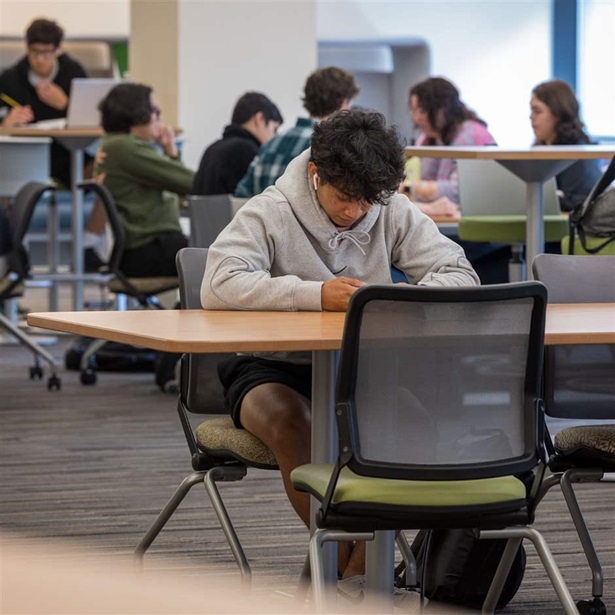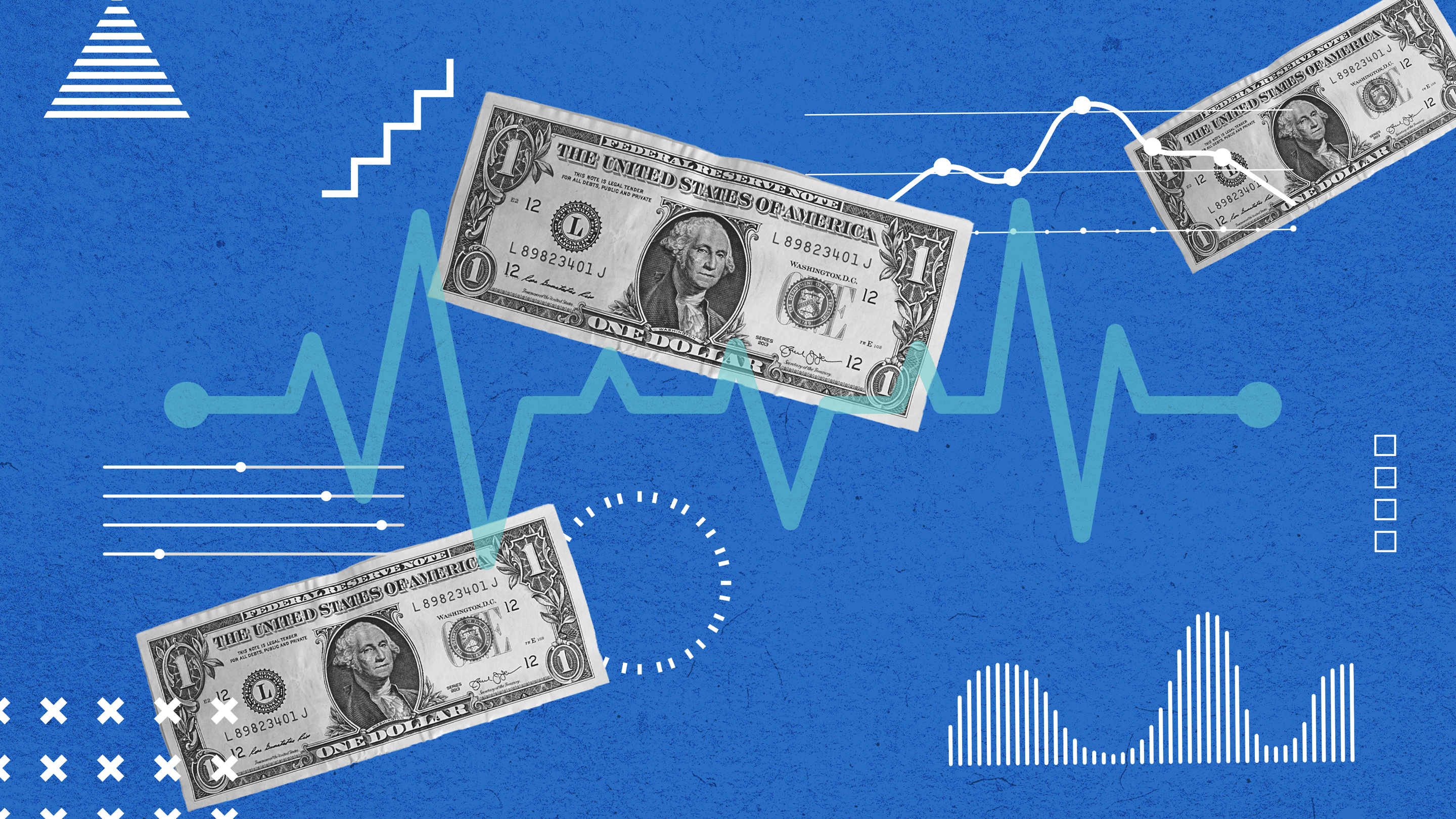
Over the past several years, the U.S. Department of Education and Congress have made important policy changes to the federal student loan repayment system.
These include:
- Making enrollment and re-enrollment in income-driven repayment (IDR) plans (payments based on income and family size) easier through data sharing between the Internal Revenue Service and the Education Department.
- Eliminating most instances of interest capitalization, or unpaid interest added to the principal, in IDR.
- Revising IDR plans to be more affordable and limit balance growth
- Allowing borrowers with loans in default a “fresh start” at the end of the three-year COVID-related payment pause payment pause that will end in the fall of 2023
- Awarding new contracts to federal loan servicers.
But much work remains to ensure that borrowers fully benefit from these new policies, especially those who struggle to repay their loans. And people who find the repayment system overwhelming and have their loans fall into default often end up in a cycle that is difficult to escape and is damaging to their financial well-being.
The Pew Charitable Trusts’ student loan initiative seeks—through research, analysis, and engagement—to promote successful repayment of student debt among those most at risk of default and delinquency, and to continue to help improve the federal student loan repayment system. The initiative also seeks to better understand why many veterans borrow to fund their education despite having access to the robust post-9/11 GI Bill.
